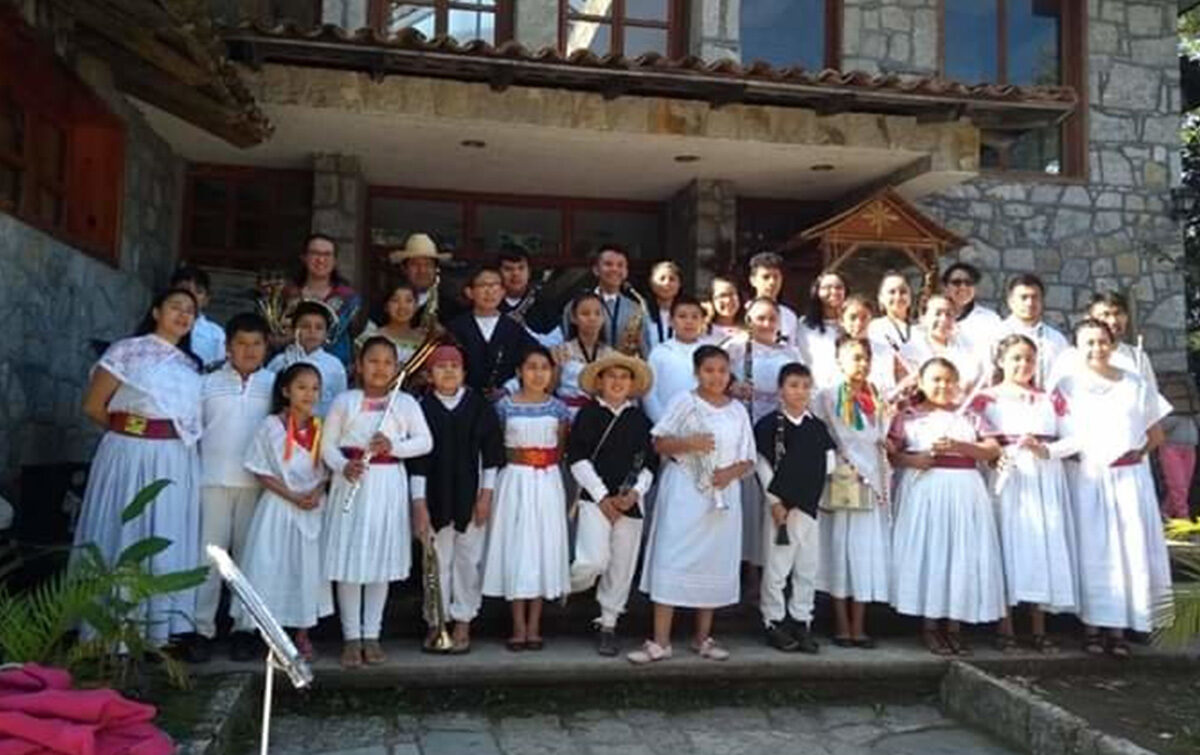Tosepan: Mexican Indigenous School Project
Tosepan Kalnemachtiloyan, a bilingual mexican indigenous school, requires our support to continue educating children with a love for their roots, their customs, and their land. OLPC’s Digital Learning Ecosystem will contribute to the positive reassessment of their local indigenous identity, language, and culture.
To deploy OLPC’s Digital Learning Ecosystem in Tosepan Kalnemachtiloyan school so that
- 51 students and teachers from 3rd – 6th Elementary and Middle School grades (Stage 1)
- 38 students and teachers from 1st – 2nd Elementary grades (Stage 2)
get access to a computer, Professional Development, and Computational Thinking Skills Program based on the community needs.
Clean water, sanitation, and hygiene education are basic necessities for a healthy environment and a productive life and well life being
79
Students
10
profesores indigenas
2
idiomas: nahualt y espanol
During the 19th century a profusion of charitable organizations emerged to alleviate the awful conditions of the working class in the slums. The Labourer’s Friend Society, chaired by Lord Shaftesbury in the United Kingdom in 1830, aimed to improve working-class conditions.
- Our goal is for OLPC's Digital Learning Ecosystem to provide Tosepan School Community access to new learning channels so that students and teachers can share and find solutions to their local and daily problems.
- Computational Thinking Skills Program, Continuous Professional Development for teachers in digital skills, Measurement & Evaluation, and remote Technical Advice will be provided to strengthen the ecosystem.

